
In the tech industry, the only constant is change.
Trends, technologies, work processes—they all rapidly change. And if you want to be successful, your company culture should be open to it.
Creating an agile culture is important, especially for your developers.
Being flexible, autonomous, and willing to adapt instantly is crucial; there’s no point in practicing a monolithic work culture in an industry where success equals agility.
If you want to create an agile developer culture, we invite you to continue reading; it will be worth it.
Table of Contents
Emphasize agile from the start
If you want to create an agile developer culture, you should go back to the start—to the recruitment phase.
In essence, the principle is the same as with any other organizational culture; to shape every facet of your business, you need employees who embody its traits.
And it’s simplest if you emphasize your agile culture right from the start and look for people who can fit in easily. In the words of Amanda Setili, your vision and values should be aligned with those of your employees.
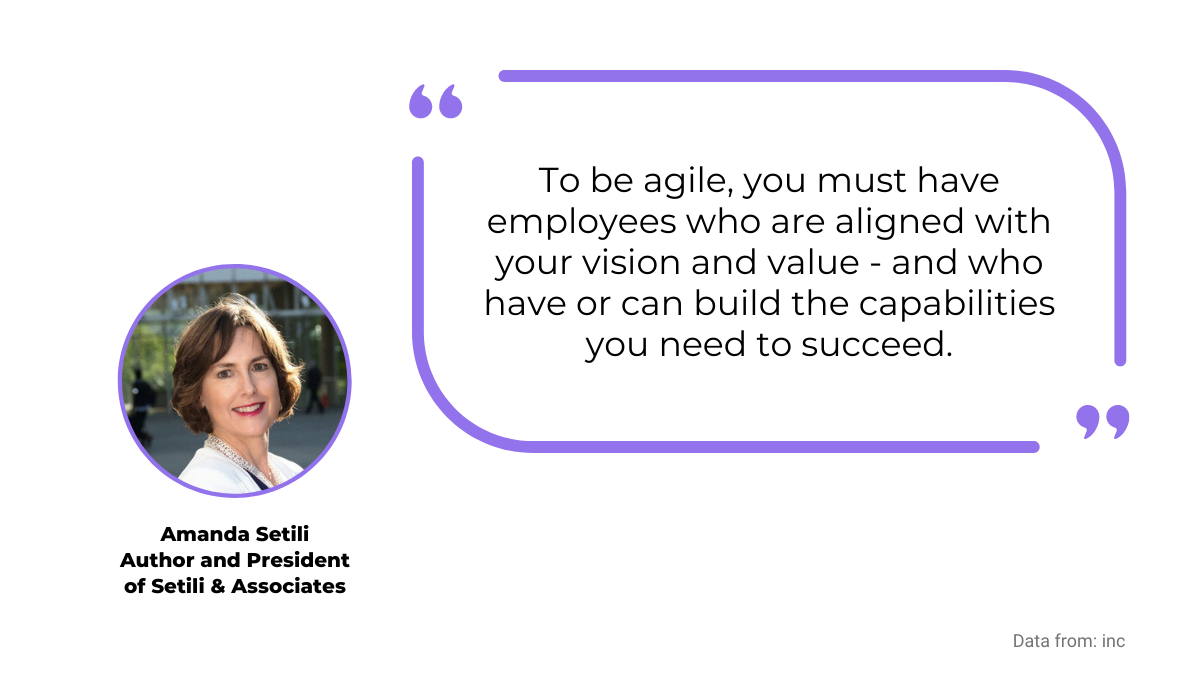
As you probably know, an agile organization is adaptable, flexible, nurtures collaboration, and values customers’ demands.
If you want to create a long-term agile culture for your developers, you should look for similar traits in your new hires.
For instance, according to Meistertask, for creating an agile environment, you should prioritize:
- transparency
- adaptability
- flexibility
- simplicity
- collaboration
- decentralized authority

Get unreal data to fix real issues in your app & web.
How can you translate that into your recruiting process? The first step is to create job ads that clearly describe these traits.
For example, Noir, a Microsoft recruitment agency, posted a developer job ad in which they transparently signified that they’re looking for agile developers right in the title.

Besides that, they practice transparency by disclosing the wage and other work details, as you can see above.
Furthermore, they want adaptable and flexible candidates; in other words, candidates who can learn and evolve, as well as adjust their workflow according to needs.
Case in point—their tech stack.

They also offer the opportunities to branch out into many different directions thanks to the provided training.

Near the end of the job ad, Noir demonstrates transparency by listing the benefits for their employees, as you can see below.

However, one thing that they didn’t emphasize as much is the value of collaboration.
You can see what emphasizing collaboration looks like in the ad for a full-time developer at Huntington Bank. Take a look at the highlighted parts below.
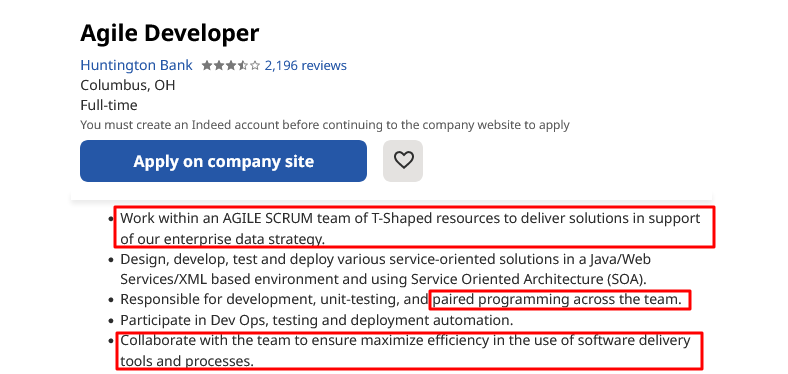
Shaping your recruitment strategy to reflect agile values can save you time and resources you would otherwise spend sifting through candidates who don’t fit an agile culture.
And if you’re wondering if creating an agile culture for developers is worth the trouble, research shows that it is.
A study by McKinsey & Company indicates that, among many other benefits, having an agile culture leads to more employee engagement—it can improve it by 30%.
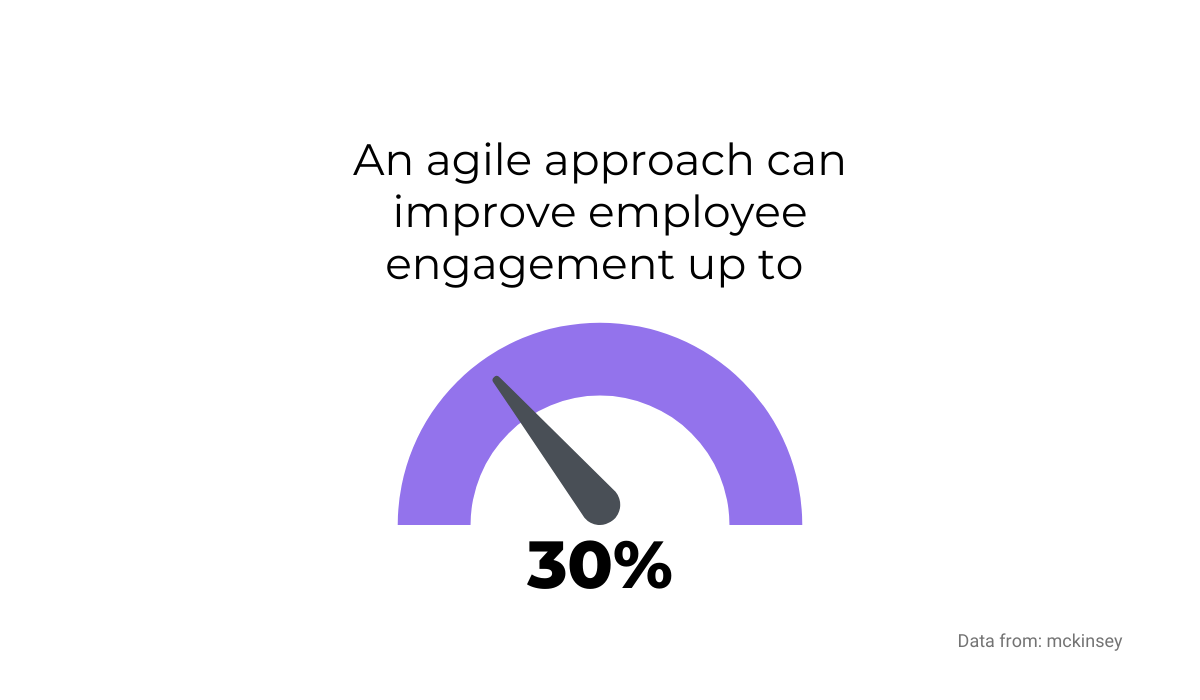
It’s not surprising that the employees are more engaged in a working environment built on transparency, collaboration, and other values of an agile culture we mentioned.
That’s why emphasizing agile from the start can form a sturdy foundation for a productive developer culture.
Cut down on priorities
Having too many items on your developers’ to-do list can be detrimental to the agile culture you want to create. It’s crucial that you stay focused on essentials.
Keep in mind that agile culture just doesn’t mesh well with long lists of tasks.
Agility demands an ability to change on the go and respond to circumstances—bury your developers in a neverending list of tasks, and they’ll soon be stretched too thin.
A good starting point is to be aware that not every task is a priority. As Amanda Setili advises, try to focus on those that really matter to the company.
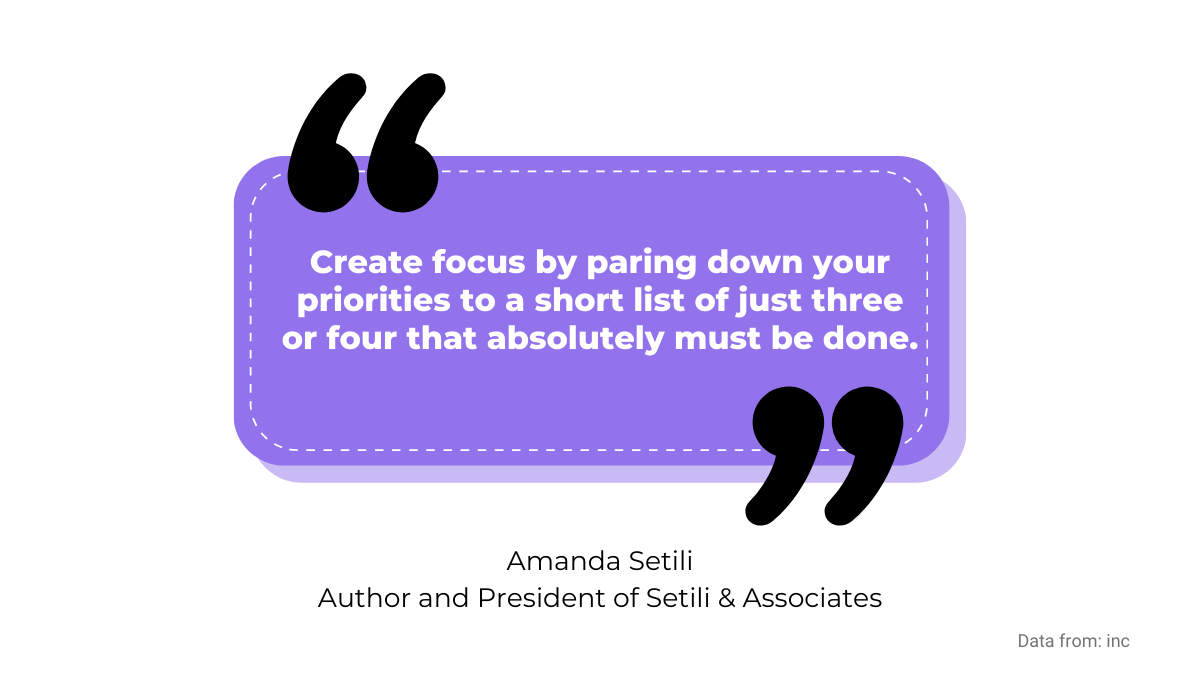
That way, your developers can give their all for the most important tasks. Of course, once they’re completed, you can progressively introduce other priorities.
Recent circumstances brought on by a COVID-19 pandemic presented the test for some companies that encourage an agile workplace culture.
One of them was Airbnb, a famous online marketplace for renting accommodations.
Worldwide restrictions on traveling cost them $1 billion in canceled bookings just in the first month of the pandemic. They needed to be agile, adapt, and focus on a few core matters.
They focused on three priorities:
- core business
- customer needs
- employee needs
As Brian Chesky, CEO of the company, stated in his letter to employees, the company paused investments in Transportations and Airbnb Studios and scaled back on Hotels and Lux departments.
Instead, they focused on their core business, home rentals, and emphasized Experiences, including online experiences to do from home.

Another priority was customer needs.
The company was aware that there was much uncertainty and reluctance about traveling, so they offered more cancellation flexibility, including full refunds and last-minute cancellations.

In addition, they introduced the Enhanced cleaning procedure for hosts to alleviate customers’ concerns about health.
The procedure is described in a cleaning handbook, and it’s available online.
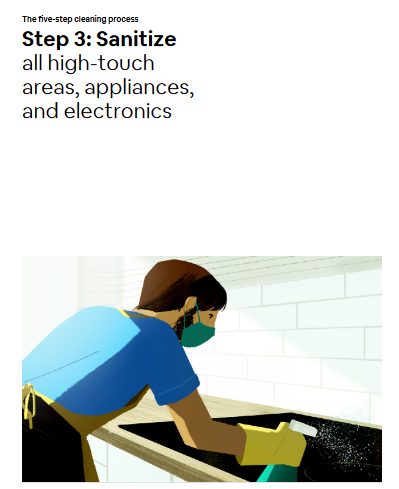
Employee care was another priority. Some of the employees were laid off, but the company treated them with respect.
For example, they offered them several benefits, including keeping the company phones and computers.

Airbnb managed to bounce back after that crisis in 2020. According to Statista, in 2021, they had 301 million bookings, a noticeable increase from the year before.
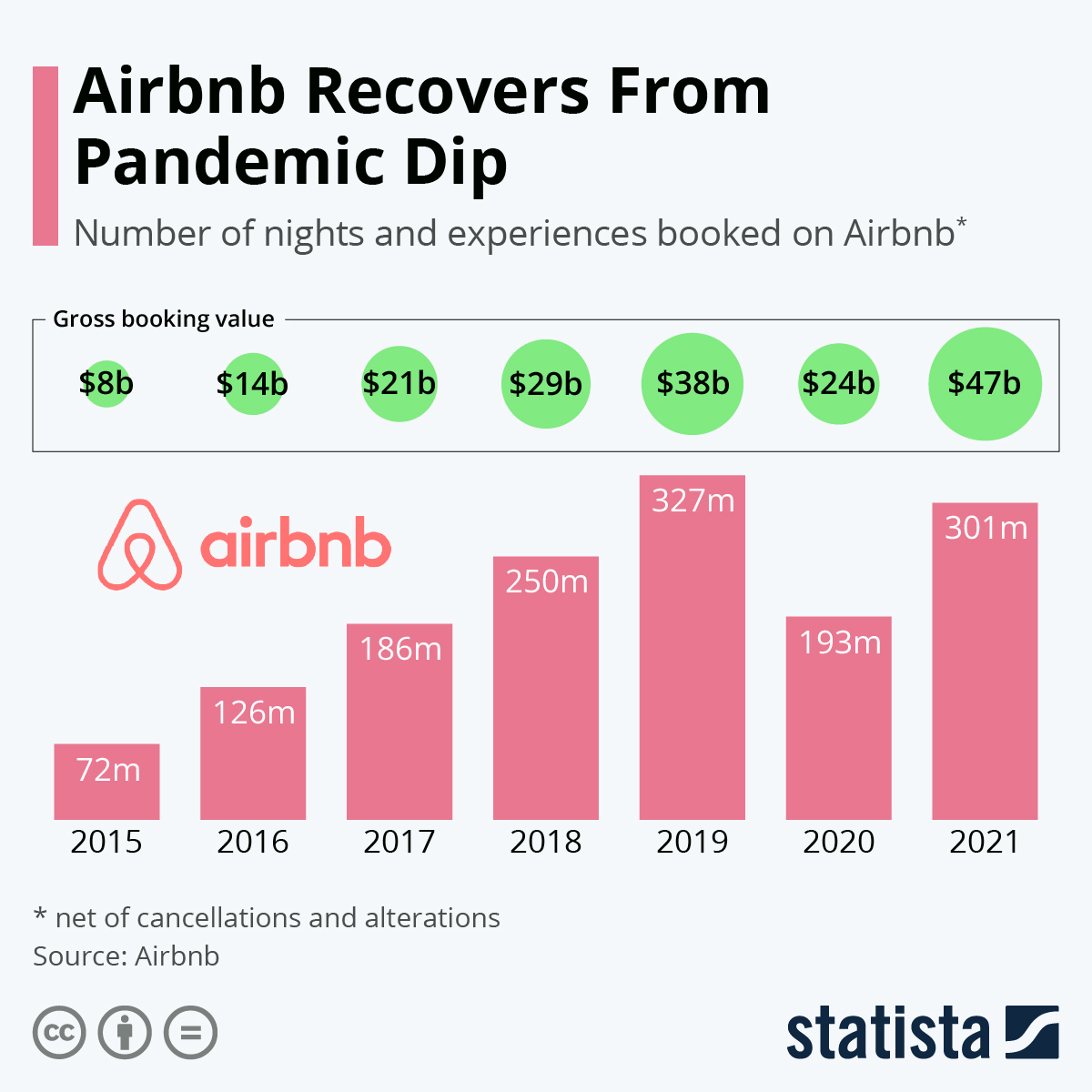
It’s likely that they wouldn’t be able to do that if they didn’t cut down on priorities and focused on the three, which helped them to stay afloat.
They showed an agile culture throughout the company.
The same principles stand for developer teams; cutting down to essentials makes them focused and fully invested in their work.
Dispersing their time and effort on too many tasks would, very likely, lead them nowhere.
Rethink your organizational hierarchy
Agile organizations think differently about hierarchy. Old school set-up where one person micromanages everyone and hands out tasks simply isn’t flexible enough.
Developers in an agile culture should be connected without working strictly in one role and always on the same type of tasks. Collaboration is vital, and hierarchy should support that.
Furthermore, to be agile, developers should have autonomy in their work. There’s no agility if the manager needs to check every decision and sign off on every line of code.
Micromanagement can even lead to distrust toward leaders. According to research by BreatheHR, 21% of employees don’t trust managers who prefer micromanaging them.
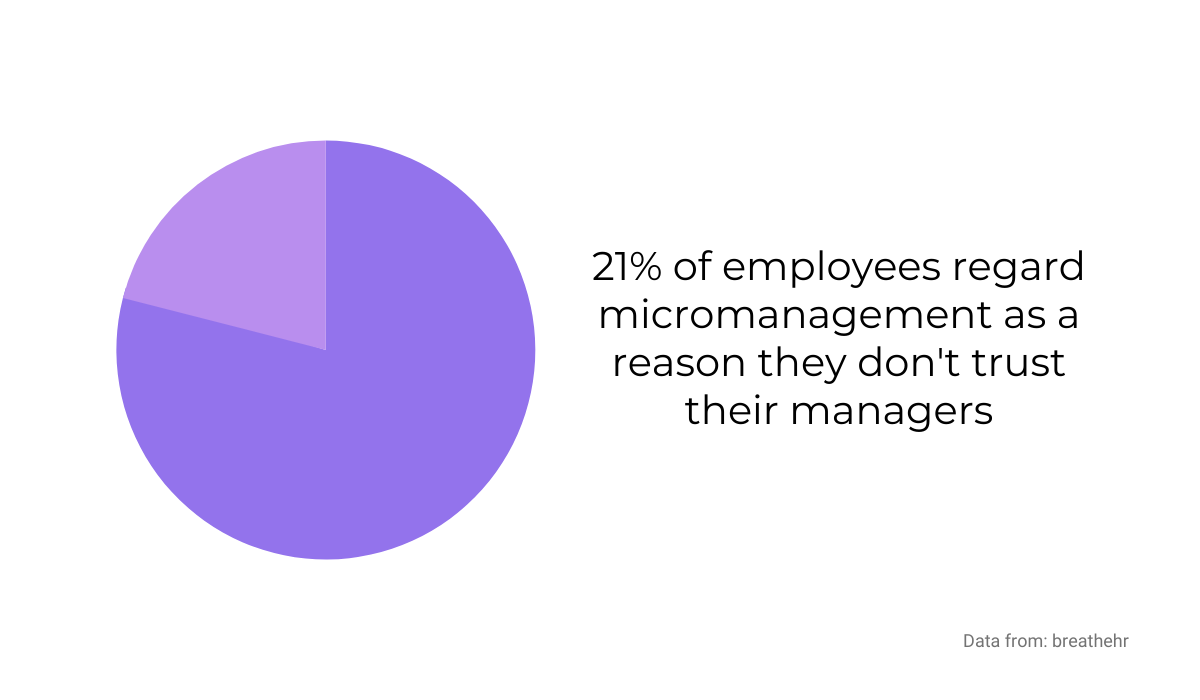
In short, to create an agile culture for your developers, you might want to rethink your organization’s hierarchy to reflect the values of autonomy, collaboration, and transparency.
That means the manager should take a more back seat role in the team. As Henry Stewart puts it, a leader should give guidelines and goals and let the developers do the rest.
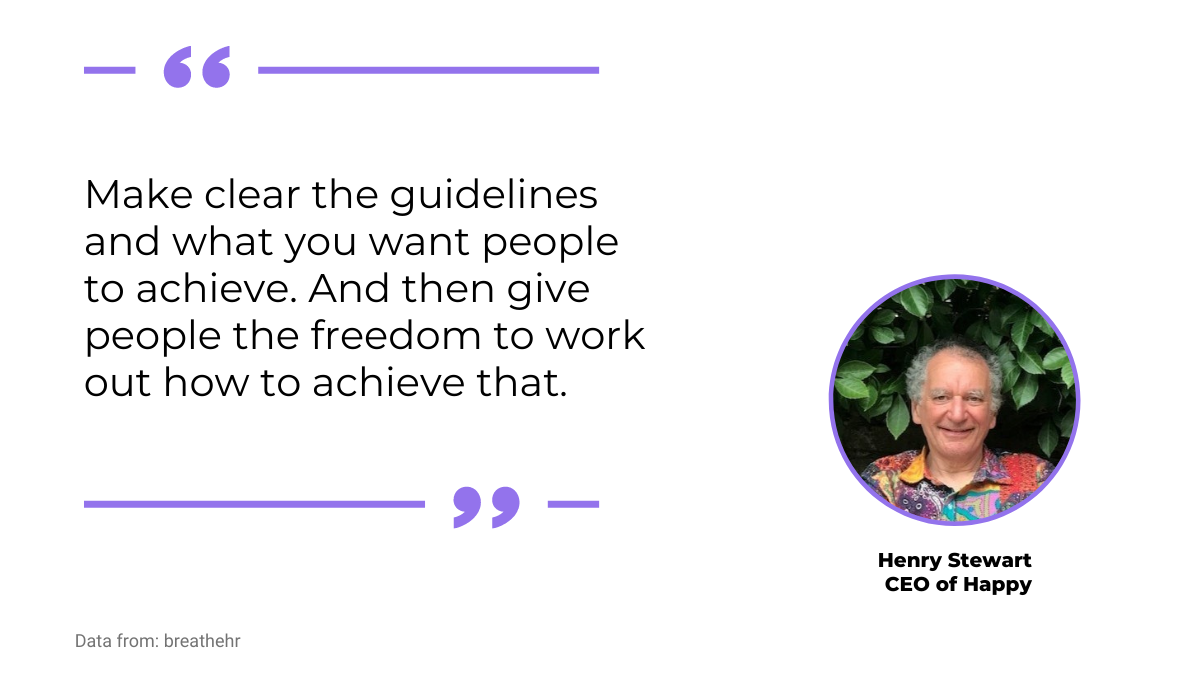
One of the agile-friendly hierarchies you might want to consider is servant leadership.
The term was coined in 1970 by Robert K. Greenleaf. In short, it signifies a leader who puts the group’s needs in front of his own.
“These leaders foster trust among employees by holding themselves accountable, helping others develop, showing appreciation, sharing power, and listening without judging.”
Sameer Dholakia, a former CEO of SendGrid, is a big proponent of servant leadership. He practiced it in SendGrid with great success, both in managing a business and in managing people.
In the video below, you can see how he thinks about organizational hierarchy.
As he says, a hierarchy that puts the CEO on the top isn’t conducive to nurturing a leader who cares for employees as humans and professionals—in his view, a leader should be on the bottom, supporting and helping those who do “the actual hard work”.
The serving part of this approach to leadership concerns removing obstacles for employees so that they can do their best work; steering the ship while they row, as Dholakia says.
In steering the ship towards an agile culture for your developers, technological solutions can be helpful.
For example, project management software like Asana can foster collaboration and promote transparency across the organization.

That way, a leader can take a more supportive role toward developers instead of singling them out and micromanaging every step.
If you want your developers to be agile, you should give them room for that; define what is needed and empower them to give their best in their work.
Reduce waste
Agile developer culture is conscious of its resources. Wasting time, money, lines of code, or other resource-inefficient practices should be discouraged.
Eliminating waste from production originates from outside of the software industry. Taiichi Ono devoted his time to crafting an efficient working process at Toyota Production System.
He identified three areas that can negatively impact efficiency—Muda (wasteful activities), Muri (overburden), and Mura (unevenness).

Inside the category of wasteful activities, he identified seven of them.
Many industries applied those seven activities to their own context to optimize their working process—including the software development industry.
According to Kanbanize, seven wastes of software development are:
- transportation (switching between tasks too often)
- inventory (undelivered code or features)
- motion (unnecessary meetings or time to find information)
- waiting (for testing, code reviews, etc.)
- overproduction (of features no one is going to use)
- overprocessing (complex algorithms solving simple problems)
- defects (bugs)
In reducing waste and creating an agile culture for developers, various technological solutions can be beneficial.
For instance, your developers can use code formatters like Prettier. It can clean up your existing code base, saving everyone a lot of time.
Also, it can apply a coding style to polish every line of code, so from this…

…your developers’ code can become neat and tidy, uniformly formatted.
You can compare the example above with the one below.

You probably already know that you can efficiently connect your developers with apps like Slack and waste less time on communication.
To reduce time-wasting even more, software solutions like Monday can integrate many other tools in one place.
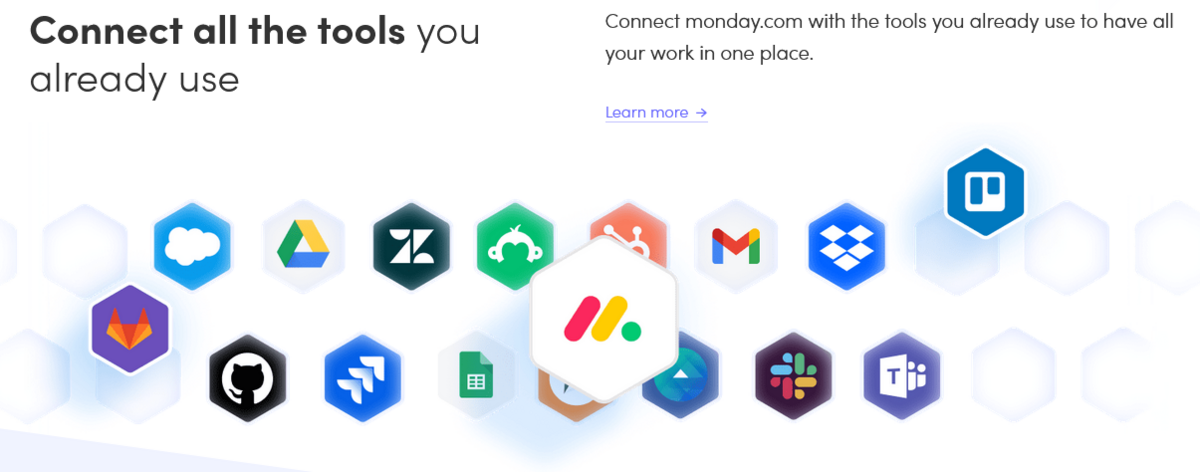
That way, you can eliminate switching between multiple tools for communication, project management, file sharing, and others you likely regularly use with your developer team.
Dealing with bugs is also one of the important parts of developers’ work process that can demand a lot of time and effort.
For example, when a QA team or a user reports a bug, they need to describe as much as they can about it to developers.
What OS are they using? What is the app version? What exactly happened that caused the issue?
That’s a lengthy and tiresome process, not to mention that developers often don’t get all the necessary information to deal with the bug efficiently. However, Shake can simplify all of that.
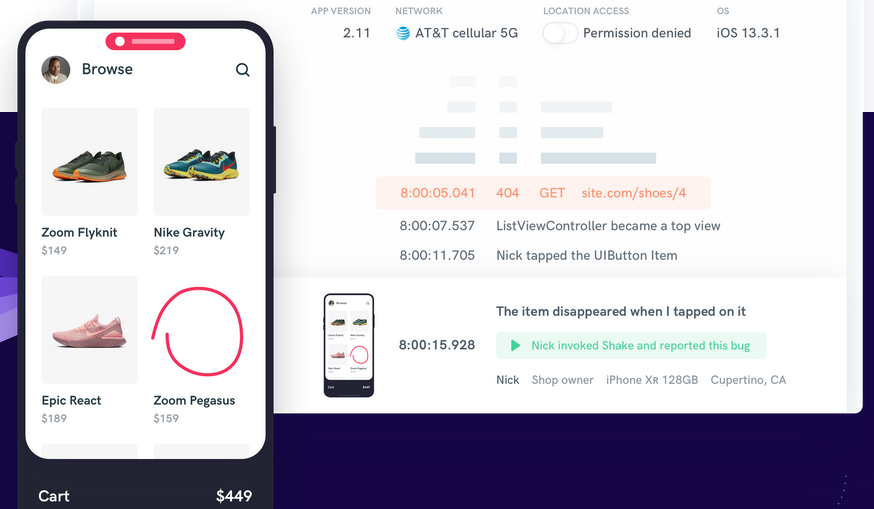
Shake automatically collects and sends over 50 pieces of information—developers get everything they need in seconds.
The user doesn’t even have to leave the app they’re using to report the bug. The simple integration of Shake allows users to shake the phone to report it.
As you can see, reducing waste is essential to establishing an agile culture.
Everything that slows down your developers’ work process impacts efficiency, and agile developers and inefficiency aren’t a good match.
Strive for progress, not perfection
An agile mindset values progress. In an agile culture, it’s more important to move things forward than to strive to polish the product to perfection.
That’s because a need for perfection can often grind the whole process to a halt because of one element or feature that isn’t quite perfect yet—and that isn’t a trait of an agile culture.
When it comes to software development, progress can be achieved by releasing smaller iterations often rather than every feature all at once.

That way, developers break down a project into smaller functional pieces called user stories and deliver them, for example, every two weeks, ensuring constant progress.
What we just described is an element of the Agile framework in software development; keep in mind that, although they share a name, agile culture and Agile framework aren’t the same.
An agile culture is a mindset defined by the values we mentioned earlier in this article.
On the other hand, the Agile framework in software development is a set of formalized processes like Scrum or Kanban.
That being said, an agile culture can implement the Agile framework, especially in software development. Something like daily scrum meetings can be very useful for the project’s progress.
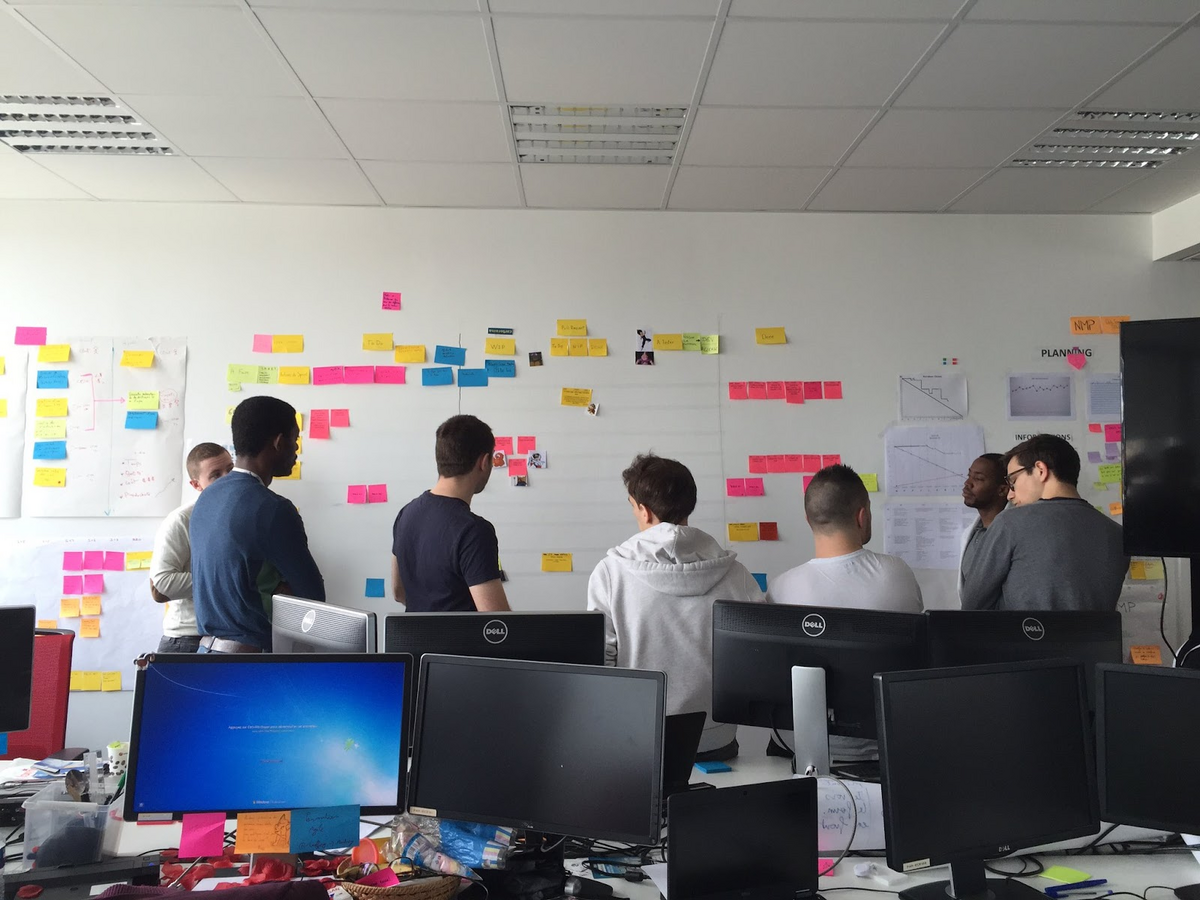
Above, you can see employees of Kisio Digital in one of their daily scrum meetings.
In these 10-15 minute meetings, they discuss issues and provide updates on their work.
That practice makes every developer accountable for their tasks and provides an opportunity for voicing any concerns or problems while they’re still fresh.
Of course, daily meetings drive progress—nobody wants to come to a meeting with nothing to report.
One of the companies that strive for progress in their developer culture is the online marketplace Etsy.
They haven’t always been an agile company; back in 2005, developers were siloed, with little collaboration and rigid working progress.
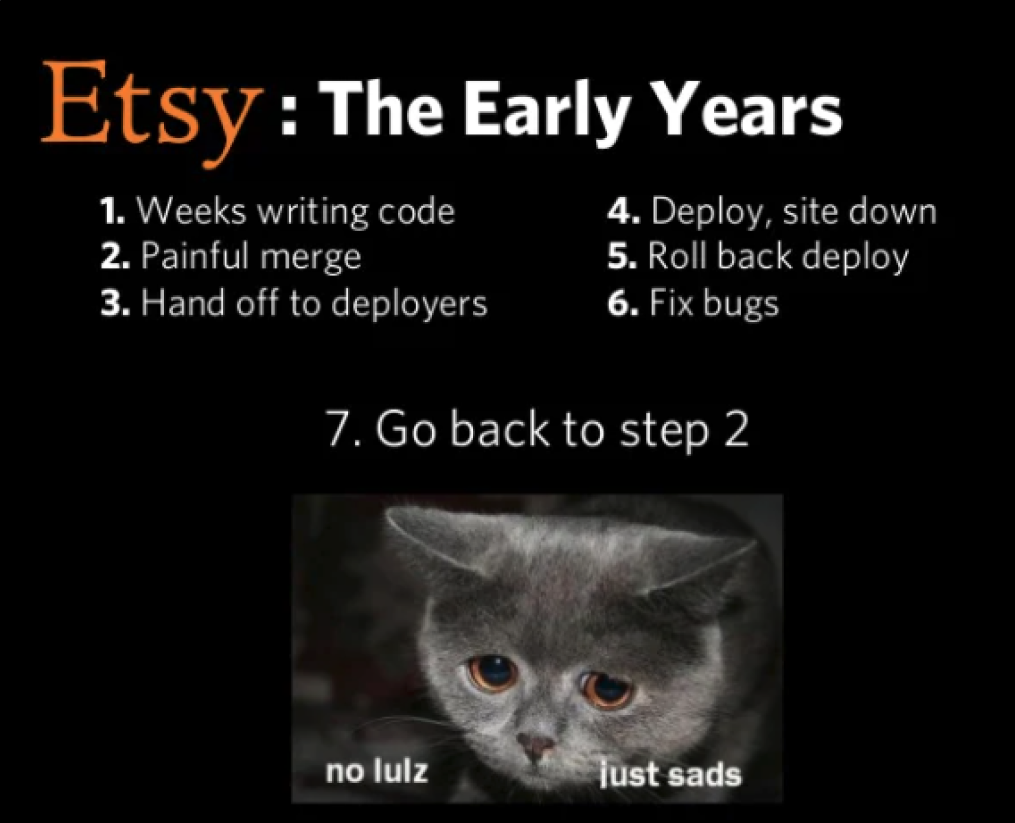
Soon, they realized how inefficient that was and started a cultural shift towards an agile culture.
One of the values they emphasized was striving for progress—their developers started to deploy code between 20 and 50 times a day.
Striving for progress instead of perfection didn’t mean that their developers pushed code for the sake of it without regard for quality.
The company streamlined the process with testing techniques and software, and if something went wrong, they practiced a blameless post-mortem.
They realized that aiming for perfection was holding them back, so they focused on progress.
Following a mindset like that can help you create an agile culture where your developers can do their best work.
Conclusion
Creating an agile developer culture might not be easy.
It can include a mindset shift that can take some time.
It can take overhauling your recruitment process, cutting down on priorities, rethinking your organizational hierarchy, reducing waste, and striving for constant progress.
However, to succeed in the tech industry, it’s necessary. A business that isn’t agile, alive, and responsive will likely stay behind in the dust of its competitors.
Luckily, if you apply tips from this article, you’ll be in the front.





